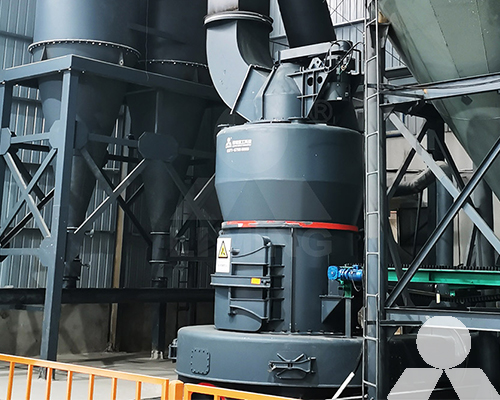Clay Pulverizer
In the world of industrial processes and material extraction, the clay pulverizer stands as a crucial tool for transforming raw clay into a usable material. Clay, a naturally occurring mineral-rich substance, has been employed by humanity for countless applications, ranging from pottery and construction to cosmetics and pharmaceuticals. The clay pulverizer plays a significant role in processing clay, making it suitable for various industries. This article delves into the functionality, benefits, and applications of the clay pulverizer.

Functionality of the Clay Pulverizer
The clay pulverizer, often integrated within a larger industrial system, is designed to crush, grind, and process raw clay into finer particles. This machinery utilizes mechanical force to break down the clay into smaller fragments, ultimately reducing its particle size and rendering it more manageable for various applications.
The primary components of a clay pulverizer typically include a feed hopper, a crushing chamber with rotating hammers or blades, a classifier, and a discharge mechanism. The process begins with the introduction of raw clay into the feed hopper, from where it moves into the crushing chamber. Inside the chamber, the clay is subjected to the mechanical force generated by the rotating hammers or blades, effectively breaking down the material into smaller particles.
The classifier then separates the pulverized clay particles based on size. This step ensures that the desired particle size distribution is achieved, allowing for consistent and optimized end products. Finally, the pulverized clay is discharged from the pulverizer, ready for further processing or utilization.
Benefits of Using a Clay Pulverizer
- Efficiency: The clay pulverizer significantly enhances the efficiency of clay processing. It can handle large quantities of raw clay, reducing processing time and labor requirements.
- Particle Size Control: By controlling the size of the pulverized clay particles, the pulverizer ensures that the material is suitable for its intended application. Different industries require varying particle sizes, and the pulverizer can be adjusted accordingly.
- Uniformity: The pulverization process promotes uniform mixing and distribution of clay particles. This uniformity contributes to the quality and consistency of the end products.
- Resource Optimization: The pulverizer minimizes waste by utilizing a larger portion of the raw material, leaving behind fewer unusable remnants.
Applications of Pulverized Clay
The products derived from pulverized clay find application in a range of industries:
- Ceramics and Pottery: Pulverized clay serves as a foundational material for creating ceramics, pottery, and porcelain items. The consistent particle size and controlled properties of the clay enable artists and manufacturers to shape, mold, and fire high-quality pieces.
- Construction: In the construction industry, pulverized clay is used as an additive in cement and concrete production. It contributes to improved workability and the enhancement of certain properties, such as thermal insulation and moisture control.
- Cosmetics and Pharmaceuticals: Clay pulverizers produce finely ground clay used in cosmetics, skincare products, and pharmaceuticals. The controlled particle size ensures smooth textures and effective absorption in these applications.
- Agriculture: Pulverized clay is employed in agriculture to improve soil structure, water retention, and nutrient content. It is often added to soils to enhance fertility and crop yields.
Conclusion
The clay pulverizer stands as a critical tool in modern industrial processes, bridging the gap between raw clay and its diverse applications across industries. Its ability to crush, grind, and process clay into uniform particles makes it an indispensable component of material processing systems. From ceramics to construction and beyond, the pulverized clay finds its way into numerous products that shape our daily lives.









